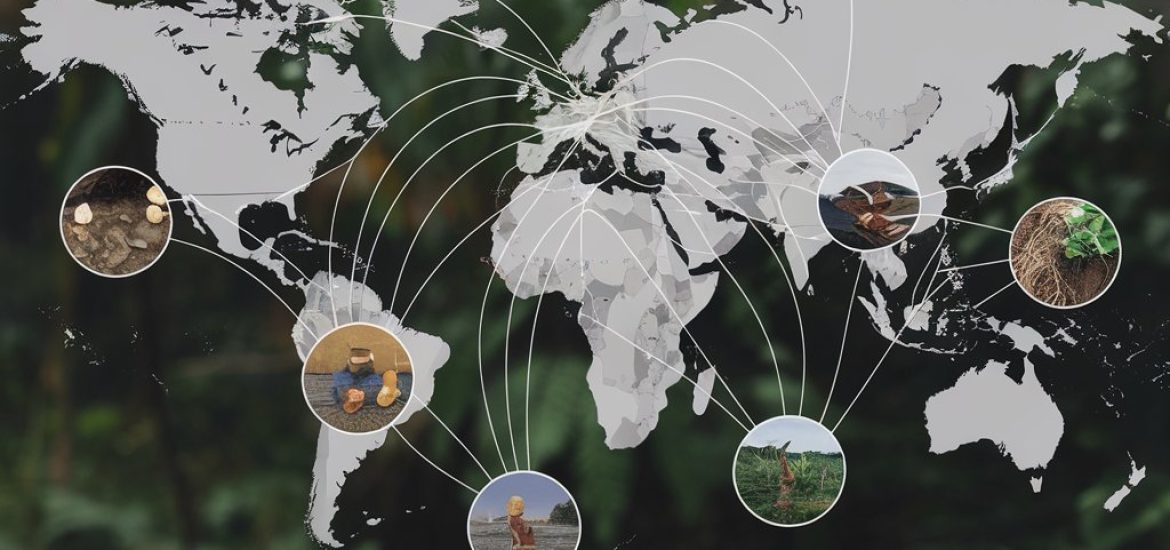Translating Costa Rica’s Success to Global Action
Costa Rica transformed from a deforestation hotspot to a conservation leader. Its impressive achievement raises an important question. Can other countries replicate this success? The answer is yes, with thoughtful adaptation to local contexts.
This final article examines transferable lessons from Costa Rica’s journey. We identify key principles that can guide efforts elsewhere. These insights offer hope for forest restoration globally.
Economic Incentives Work
Costa Rica demonstrates that proper incentives change behavior effectively. Their Payment for Ecosystem Services model proves particularly valuable. Similar approaches show promise in Mexico, Vietnam, and Ecuador.
The key insight involves making conservation financially attractive. When protecting forests becomes more profitable than clearing them, landowners respond accordingly. This principle works across different cultures and economies.
Policy Continuity Matters
Costa Rica maintained consistent environmental policies across different administrations. This long-term commitment allowed programs to mature and demonstrate results. Many countries struggle with policy changes after elections.
Colombia offers a positive comparison. Despite political changes, its Amazon Vision program maintained momentum. This continuity helped reduce deforestation rates significantly between 2016 and 2022.
Institutional Framework Requirements
Effective forest governance requires strong institutions. Costa Rica’s FONAFIFO manages forest programs efficiently with minimal corruption. This administrative capacity proves essential for implementation.
Rwanda shows how institutional development supports forest restoration. The country established dedicated agencies with clear mandates. These institutions helped increase forest cover by 37% since 2000.
Integrating Tourism and Conservation
Costa Rica’s eco-tourism model creates direct economic links to forest protection. Visitors generate revenue that supports conservation. This virtuous cycle works in many biodiversity hotspots.
Namibia successfully adapted this approach to different ecosystems. Their community conservancies manage wildlife while generating tourism income. The model has restored species while improving local livelihoods.
Adaptations for Different Contexts
Not every element of Costa Rica’s approach transfers easily. Countries face different challenges based on governance, population pressure, and economic conditions. Customization remains essential.
Indonesia confronts more complex land tenure issues than Costa Rica. Their One Map policy addresses overlapping claims before implementing conservation programs. This preliminary step proves necessary for their context.
Financing Challenges and Solutions
Funding remains a major obstacle for many countries. Costa Rica utilized innovative financing, including debt-for-nature swaps and carbon markets. Similar mechanisms can work elsewhere with international support.
The Green Climate Fund now finances forest restoration globally. Countries like Ghana leverage these resources effectively. Their Cocoa Forest Initiative reduces deforestation while supporting sustainable agriculture.
The Path Forward
Costa Rica’s journey offers evidence that environmental recovery is possible. With adjusted expectations and localized approaches, countries can adapt these successful strategies. The technical knowledge exists—political will and economic alignment remain the primary challenges.
By studying Costa Rica’s reforestation success, we gain valuable insights for global conservation efforts. These lessons provide a practical blueprint for restoring forests and addressing climate change worldwide.


2 Comments
Этот сайт публикует актуальные новостные материалы со всего мира.
Здесь вы легко найдёте факты и мнения, технологиях и разнообразных темах.
Новостная лента обновляется в режиме реального времени, что позволяет всегда быть в курсе.
Удобная структура помогает быстро ориентироваться.
https://whitesneaker.ru
Все публикации написаны грамотно.
Редакция придерживается информативности.
Следите за обновлениями, чтобы быть в центре внимания.
f8d00l